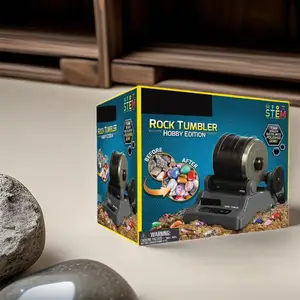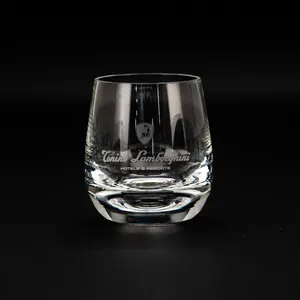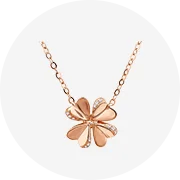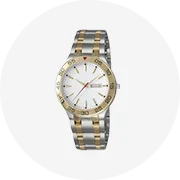Exploring the Versatile World of Rock Tumblers
Rock tumblers, a popular category among lapidary tools, cater to enthusiasts and professionals in the field of geology and jewelry making. These robust devices are designed to mimic the natural action of waves and sand to polish rocks and semi-precious stones to a high sheen. This introduction delves into the various aspects of rock tumblers, from their types and applications to the features and materials that define them.
Types and Applications of Rock Tumblers
Rotary tumblers and vibratory tumblers are the two primary types available in the market. Rotary variants are ideal for coarse and medium grinding phases, as well as for polishing stones, while vibratory versions are faster and best suited for polishing already-shaped stones. These tumblers are not just for beautifying stones; they also serve an educational purpose, helping to explain geological processes in classrooms and workshops.
Features and Design
A rock tumbler's efficiency is often determined by its barrel capacity and the motor's durability. Barrels lined with rubber or other resilient materials help to reduce noise and are a key feature for those operating in a shared space. The design of a rock tumbler also plays a crucial role in its functionality, with some models boasting built-in timers and auto-shutoff capabilities for added convenience.
Materials and Construction
The construction materials of rock tumblers are pivotal for their longevity and performance. High-quality tumblers typically feature barrels made from stainless steel or heavy-duty plastics, ensuring they can withstand the constant motion and abrasive nature of the tumbling process. The choice of material also affects the maintenance and ease of cleaning of the equipment.
Advantages of Using Rock Tumblers
Utilizing a rock tumbler comes with several advantages. It allows for the recreation of natural stone polishing processes in a controlled environment, which can be both a satisfying hobby and a practical technique for creating jewelry. Moreover, the use of a tumbler can reveal the hidden beauty of ordinary rocks, turning them into treasures and potentially sparking an interest in geology and mineralogy.
Choosing the Right Rock Tumbler
Selecting the appropriate rock tumbler is crucial for achieving desired results. Factors to consider include the size of the tumbler, the type of stones to be polished, and the intended use—whether for industrial purposes or as a hobby. It's important to assess the features that align with one's needs, such as the ease of operation, noise level, and the variety of settings available.


































 浙公网安备 33010002000092号
浙公网安备 33010002000092号 浙B2-20120091-4
浙B2-20120091-4